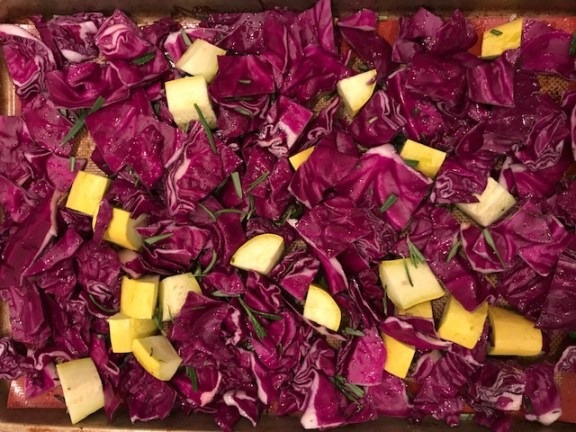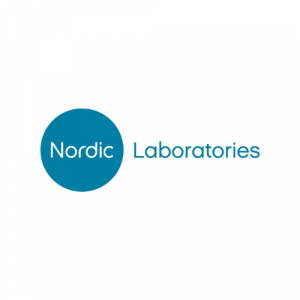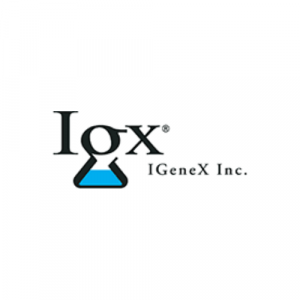
Home / Health & Wellness / Food As Medicine: Increasing the Culinary Use of Herbs

| Basil | Basil is a natural adaptogenic that helps improve our stress response, helps reduce inflammation and pain related to inflammatory conditions such as rheumatoid arthritis, and fights off disease. |
|
| Chamomile | Chamomile improves skin health and clarity, promotes healthy digestion and reduces nausea, helps with sleep, and reduces inflammation |
|
| Parsley | Parsley helps the body naturally rid itself of toxins, aids digestion by helping to fight gas buildup in the intestines, and supports healthy thyroid function |
|
| Peppermint | Peppermint helps fight off fever and nausea, aids colic, is a natural anti-diarrheal, and improves headaches |
|
| Rosemary | Rosemary improves memory function and supports a healthy brain, supports oral hygiene, and freshens breath |
|
| Cilantro | Cilantro is a natural appetite stimulant, fights indigestion, helps with bad breath, and is a natural chelator of heavy metals |
|
| Oregano | Oregano is a potent antioxidant; helps fight off parasites, bacteria and yeast overgrowth; and stimulates the immune system |
|
© Copyright 2024 Five Journeys®. All rights reserved.


$85-$225 depending on insurance coverage.


At Home
Urine
$699
Fully covered by Medicare. Repeat test prices $249


This test evaluates the genetic profile for multiple health indicators. Click here for more information.
At home
Blood Spot


This company can test for lyme, babesia, bartonella and additional tick-borne illnesses. Click here for more information.
Blood
around $1600 (depends on panel selected)






Blood work for blood count, urinalysis and vitamin levels.
At any Quest Diagnostics Location
Blood
You often have to fast for these tests-please check your providers notes.




This test evaluates many measures including micronutrients, antioxidants, minerals, detox, overview of gut function, omegas and toxic exposure. Click here for more information.
At home.
Urine


This test evaluates the gut function and indicates microbiome balance, overgrowth, infection, inflammation, parasites and digestive efficacy. Click here for more information.
$179-$425 depending on insurance coverage.




Blood


This test evaluates the presence of potentially harmful heavy metals stored in the body. Click here for more information.
Testing: $79 x2 paid to Doctor’s Data
DMSA: $38 paid to Johnson’s Compounding Pharmacy


No insurance coverage


This test is designed to look at food sensitivities (IgG immune responses). It is available in both a 99 or 184 panel. Click here for more information.
Blood
$129-238